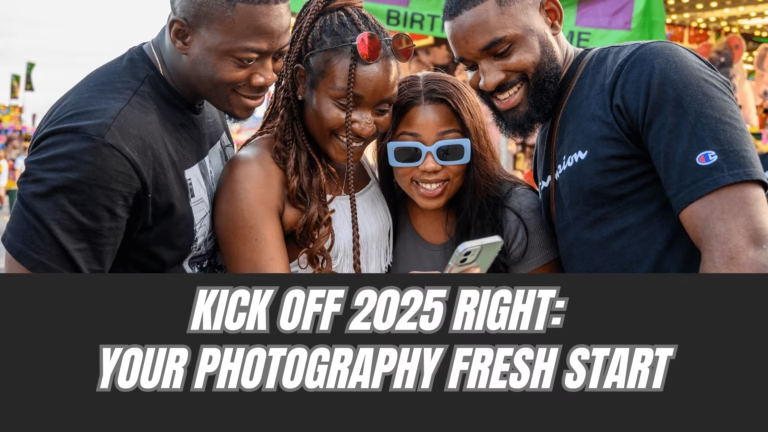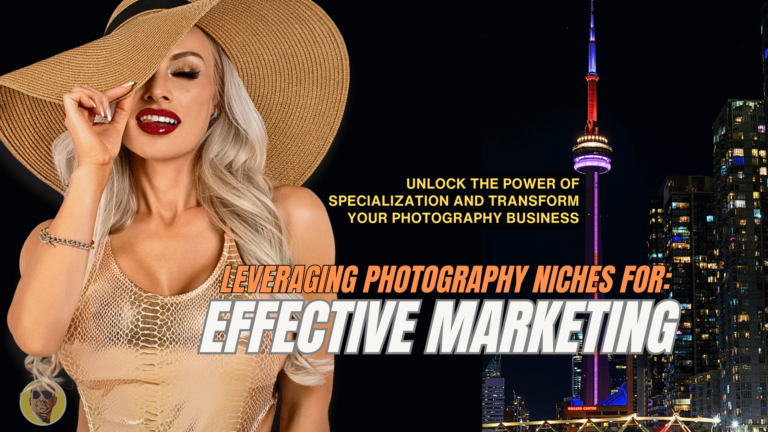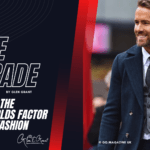In the bustling world of marketing and branding, where attention spans are fleeting and competition is fierce, advertising photography emerges as a powerful tool for visual storytelling. This captivating blend of art and commerce has the unique ability to convey complex brand messages in a single frame, evoking emotions and inspiring action from viewers. As we delve into the world of advertising photography, we’ll explore how these visual narratives shape our perceptions, influence our decisions, and ultimately, bridge the gap between brands and consumers.

How Images Tell Brand Stories
At its core, advertising photography is about more than just showcasing products or services; it’s about crafting compelling visual narratives that resonate with audiences on a deeper level. These images serve as silent storytellers, conveying brand values, evoking emotions, and creating lasting impressions in the minds of consumers. The power of visual storytelling in advertising lies in its ability to transcend language barriers and cultural differences, speaking directly to the human experience through carefully composed visuals.
Effective visual storytelling in advertising photography requires a delicate balance of creativity, technical skill, and strategic thinking. Photographers in this field must not only capture stunning images but also ensure that each element within the frame contributes to the overall narrative. From the choice of lighting and color palette to the positioning of products and models, every detail plays a crucial role in conveying the intended message.
From Product Shots to Visual Narratives
The journey of advertising photography as a form of visual storytelling has been marked by continuous evolution. In its early days, product-centric shots dominated the landscape, with photographers focusing primarily on showcasing items in their best light. However, as consumer preferences shifted and marketing strategies became more sophisticated, advertising photography began to embrace more narrative-driven approaches.
Today’s advertising photographers are tasked with creating images that go beyond mere product representation. They craft visual stories that place products within broader contexts, associating them with lifestyles, emotions, and aspirations. This shift has given rise to more immersive and relatable advertising imagery, where products often play supporting roles in larger narratives about human experiences and values.

The digital age has further transformed the landscape of advertising photography. With the rise of social media and online advertising, photographers now need to consider how their images will appear across various platforms and devices. This has led to new approaches in composition, such as vertical formats for mobile viewing, and an increased emphasis on creating scroll-stopping visuals that can capture attention in crowded digital spaces.
The transformation of advertising photography is evident in the work of industry leaders like Tim Tadder. Tim Tadder, listed among the world’s top 200 photographers by Lurzer Archive Magazine, exemplifies modern advertising photography’s potential. Known for his work with major brands like Verizon and Nike, Tadder’s creative vision transforms athletes and products into compelling visual stories. His ability to capture peak moments and translate them into powerful brand narratives showcases the evolution of advertising photography from simple product shots to dynamic, storytelling imagery.
Tadder’s approach demonstrates how contemporary advertising photographers blend technical skill with creative storytelling to create impactful brand imagery. (https://www.timtadder.com/)
Techniques for Effective Visual Storytelling
Creating impactful visual stories through advertising photography requires a diverse set of skills and techniques. Here are some key approaches that I use to craft compelling narratives:
- Setting the Scene: Carefully choose locations and backgrounds that complement the product while adding depth to the story. Whether it’s a sun-drenched beach for a summer beverage or a cozy living room for home decor, the setting plays a crucial role in establishing mood and context.
- Character Development: When featuring people in advertising images, I work to create authentic, relatable characters that viewers can connect with. This might involve casting models who embody the brand’s target audience or working with real people to capture genuine moments.
- Emotional Resonance: Great advertising photography taps into human emotions. By capturing expressions, body language, and interactions that evoke feelings like joy, excitement, or nostalgia, photographers can create powerful connections between viewers and brands.
- Symbolism and Metaphor: Sometimes, the most effective visual stories are told through subtle symbolism or clever metaphors. I may choose to use props, colors, or compositions to convey abstract concepts or brand values without relying on explicit imagery.
- Narrative Sequencing: In some cases, advertising campaigns I’ll use a series of images to tell a more complex story. We must consider how each image contributes to the overall narrative arc while also standing strong on its own.

The Collaborative Process of Creating Visual Stories
Behind every striking advertising photograph is a collaborative effort involving multiple stakeholders. Photographers work closely with art directors, brand managers, and marketing teams to ensure that their visual stories align with the overall campaign strategy and brand identity.
The process often begins with a detailed brief that outlines the campaign objectives, target audience, and key messages. From there, photographers should engage in extensive pre-production planning, which may involve location scouting, prop sourcing, and model casting. During the shoot, you must balance your own creative vision with practical considerations and client input, often capturing multiple variations to provide options in post-production.
Post-production plays a crucial role in refining the visual story. Through careful editing and retouching, photographers and retouchers enhance the narrative elements of the image, ensuring that every detail supports the intended message. This stage can often involve a close collaboration with designers and copywriters to create a cohesive final advertisement that seamlessly blends visuals with other brand elements.
The Impact of Visual Storytelling in the Digital Age
In today’s digital-first world, the role of visual storytelling in advertising has become more important than ever. With consumers bombarded by countless images and messages each day, compelling visual narratives serve as powerful tools for cutting through the noise and making lasting impressions.
Social media platforms have become key battlegrounds for brand visibility, placing new demands on advertising photographers. Images must now be crafted to be eye-catching and engaging at small sizes, often competing for attention on cluttered feeds. This has led to a trend towards bolder, more dynamic visuals that can stop scrollers in their tracks.
Moreover, the rise of influencer marketing and user-generated content has blurred the lines between professional advertising photography and more authentic, candid imagery. Many brands now seek a balance between polished, high-production value shots and more relatable, “real-life” visuals that resonate with younger audiences.
The Future of Visual Storytelling in Advertising
As we look to the future, the field of advertising photography continues to evolve, driven by technological advancements and changing consumer preferences. Virtual and augmented reality technologies are opening up new possibilities for immersive visual storytelling, allowing brands to create interactive experiences that blur the lines between the digital and physical worlds.
Sustainability and social responsibility are also becoming increasingly important themes in advertising imagery. Photographers are being called upon to create visual stories that not only sell products but also communicate brand values and commitments to social and environmental causes.
Artificial intelligence and machine learning are beginning to play roles in the creative process, from helping to analyze successful visual trends to assisting with image editing and optimization. However, the human element remains irreplaceable in crafting truly compelling visual narratives that resonate on an emotional level.

Wrap Up Thoughts
In conclusion, advertising photography as a form of visual storytelling continues to be a powerful force in the world of marketing and branding. By creating images that tell engaging stories, evoke emotions, and communicate complex messages in an instant, as photographers we play a crucial role in shaping how we perceive and interact with brands.
As the media landscape continues to evolve, the art of visual storytelling in advertising will undoubtedly adapt and innovate, finding new ways to capture our imagination and inspire action.








